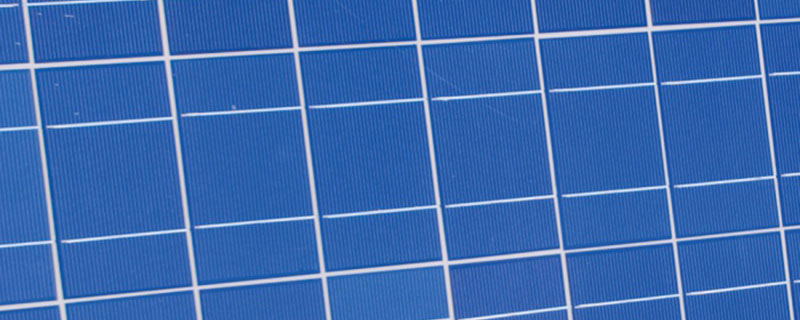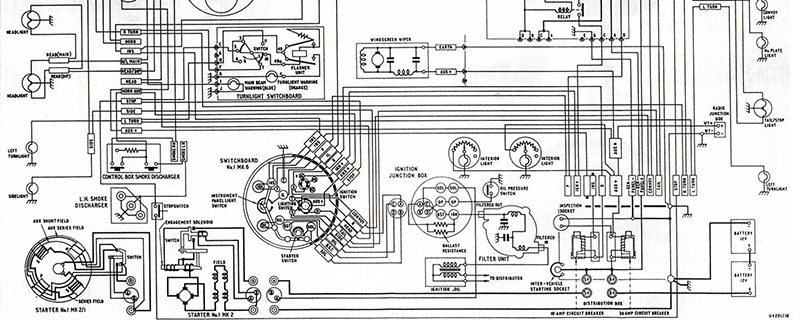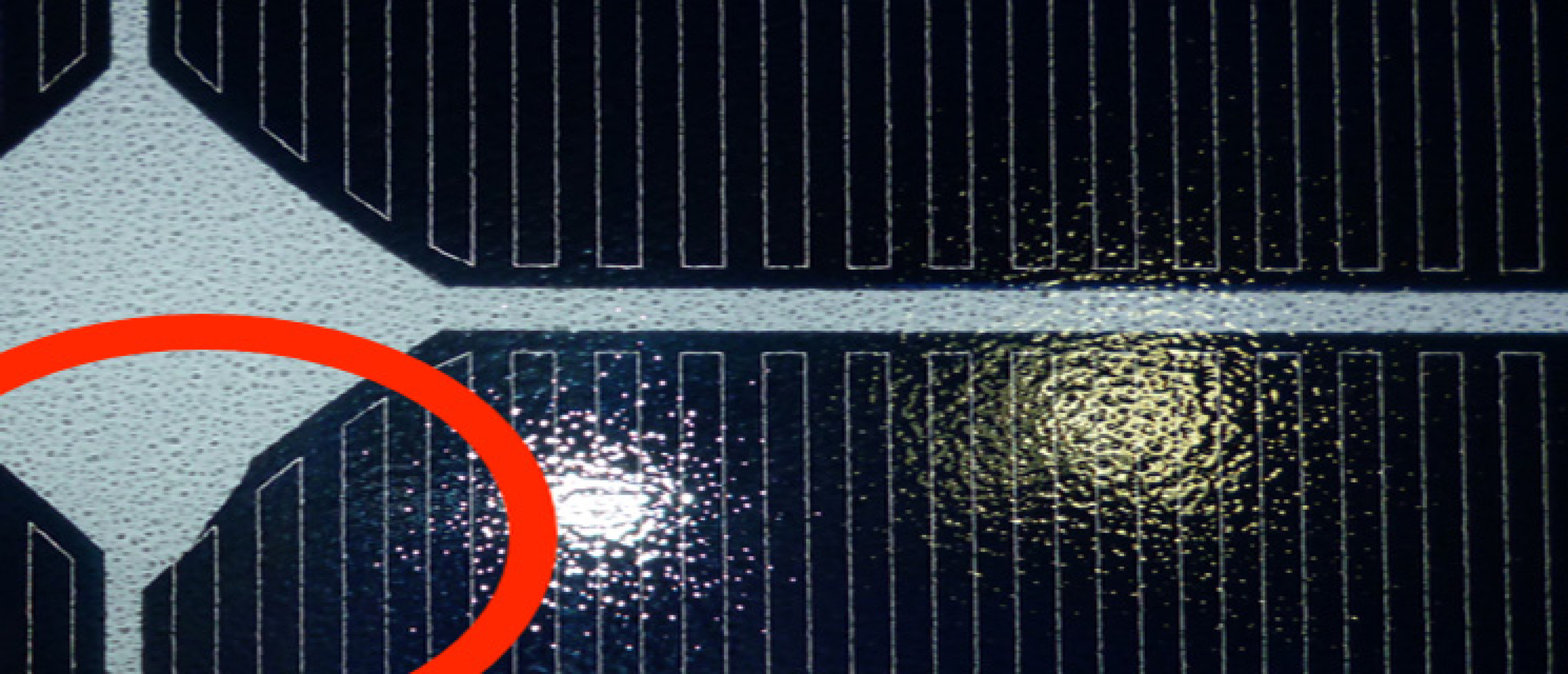Working and dealing with solar photovoltaic (PV) modules daily, we all have certainly and continuously been coming across the most severe types of miserliness.
A miser is one who does not willingly share his wealth with others. Every human has this tendency to a lesser or greater extent. And not only humans: everything in this world has this property, even a PV module!
Every time you try to draw current from it, its terminal voltage drops. The more current you demand from it the lower goes the terminal voltage. In fact: everything – every system, be it electrical or mechanical, or even chemical, that can offer anything to the outside world, has this property of miserliness.
Competency with PV requires an understanding of the electrophysical basis and correlations of this miserliness: Ohm’s law, which we will explain to you in this article.
Ohm’s law of miserliness
How do we quantify the miserliness of a solar module, or indeed, any electrical system? For electrical systems, it is very simple. A good miser will tighten his purse strings when being asked for even for a small amount, in other words: very resistant to opening his purse.
How much does the available terminal voltage drop when we draw a small amount of current from it? This ratio of voltage drop to current drawn, that is, a resistance, is a good measure of the miserliness. This ratio is a measure of the resistance to output by the module. It is called the output resistance of the module.
It must be in series with the output current to cause a voltage drop. For this reason, it is also called the ‘series resistance’, or the ‘source’ resistance. The letter symbol generally used is Rs.
This resistance, together with the open circuit voltage (Voc), will determine how much power we can expect to ‘leach’ from the miserly PV module. Open circuit voltage is the voltage on the terminals of the panel when no current is being drawn from it. Open circuit voltage is also referred to by some power engineers as no-load voltage. It is something like the total assets of the miser. It keeps varying with the incident light.
We can now think of a simple circuit equivalent to the solar module. It is an (ideal) voltage source in series with an (ideal) resistance. The voltage source is the open circuit voltage Voc, and the resistance is the source resistance discussed above. Any ‘load’ connected at the terminals will come in series with Voc and Rs.
How much current, which we abbreviate as ‘I’, will flow when a load is connected across the module?
By Ohm’s Law, the equation is: I = [Voc/ (Rs + RL)]A, where RLis the resistance of the load device.
A case of special interest is when RL is zero Ω. This means the terminals of the module are short-circuited. The current flowing in this condition is called the short-circuit current, Isc. It is defined as:
Isc = Voc/ (Rs + 0) Isc = Voc/ Rs
Therefore, the three parameters Voc, Rs, Isc are interrelated. Any two will determine the third.
Like everything in life, going to extremes will not yield optimal results, and this is no different for electricity. Too generous or too miserly people will face abuse and hate, therefore a healthy mix between the two extremes is king – and this is no different for PV modules.
TO OUR READERS:
How to draw the equivalent circuit of a human miser? You know the answer? Please comment or send us an email at contact [at] sinovoltaics.com.
The person with the best answer will win a Solar module Quality Inspection Voucher, valued at USD 150, provided by our quality assurance company Sinovoltaics.
Submission deadline is 15 December 2015 and the winner will be announced here – good luck!
Update 2016/01/04: over the holidays we reviewed all your great and original submissions and enjoyed them, including very creative ones (@MikeG.: “three fingers monkey”? :)). After careful reviewing all your submissions we have a final winner: congratulations Mr. Magzoub and enjoy your 150 USD Sinovoltaics PV module Quality Inspection Voucher! Happy New Year 2016!







Magzoub
on 14 Nov 2015M.A.
on 20 Nov 2015Steve
on 09 Feb 2017